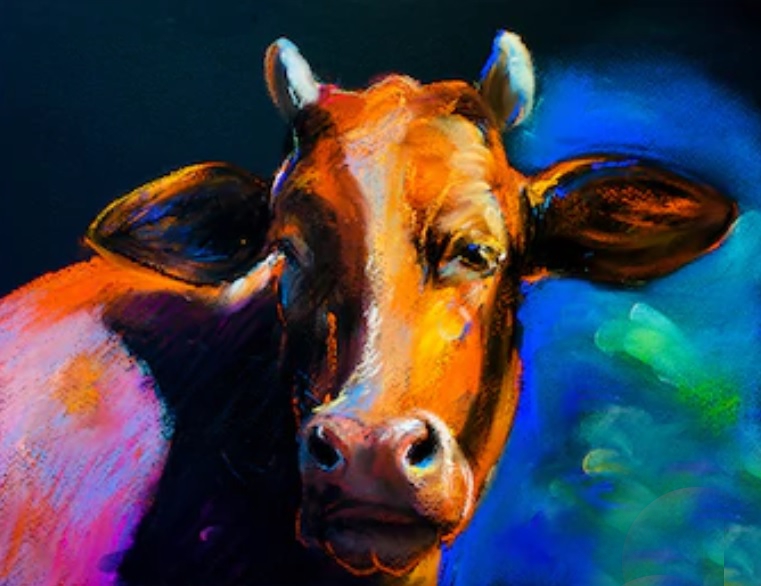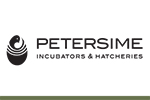We have
197 Readers online now
 In this section you can read and publish your scientific articles.
In this section you can read and publish your scientific articles.
Send your material to: This email address is being protected from spambots. You need JavaScript enabled to view it.
- Details
- Parent Category: Articles
- Category: Poultry Sciences articles
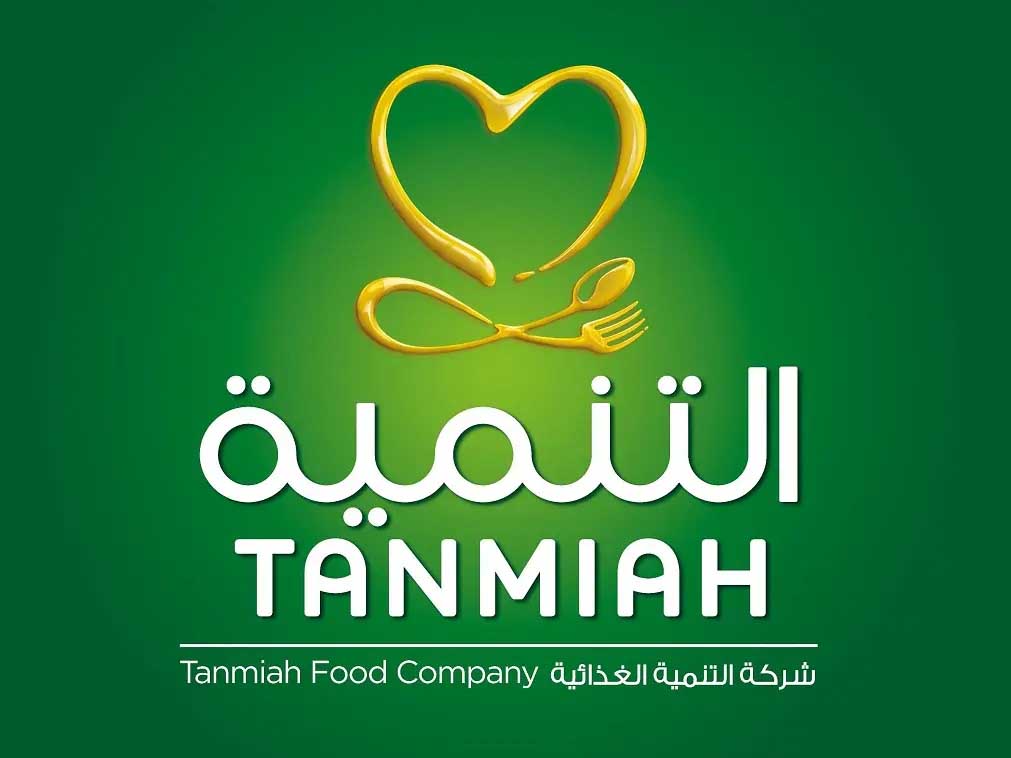 A subsidiary of "Food Development" signs a contract to establish 100 broiler farms with "Chengdu" Design and Research Institute to establish 100 broiler farms
A subsidiary of "Food Development" signs a contract to establish 100 broiler farms with "Chengdu" Design and Research Institute to establish 100 broiler farms
"Food Development" Company said: "The Agricultural Development Company, its subsidiary, has signed a contract with "Chengdu" Design and Research Institute to establish 100 broiler farms."
- Details
- Parent Category: Articles
- Category: Poultry Sciences articles
![]() "Naqi" signs a contract to implement a project to build poultry pens at a cost of 12.3 million riyals
"Naqi" signs a contract to implement a project to build poultry pens at a cost of 12.3 million riyals
 "Naqi" Water Company signed with "Bilad Al-Sham" General Contracting Company. The contract to implement a project to build new poultry pens is at a cost of 12.31 million riyals, as part of the poultry sector expansion projects.
"Naqi" Water Company signed with "Bilad Al-Sham" General Contracting Company. The contract to implement a project to build new poultry pens is at a cost of 12.31 million riyals, as part of the poultry sector expansion projects.
- Details
- Parent Category: Articles
- Category: Poultry Sciences articles
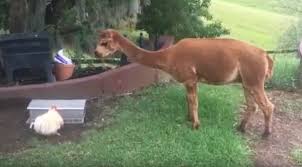 Backyard Chicken Outsmarts Sneaky Alpaca In Hilarious Feeder Battle
Backyard Chicken Outsmarts Sneaky Alpaca In Hilarious Feeder Battle
Who knew a backyard chicken could be this clever?
Read more: Backyard Chicken Outsmarts Sneaky Alpaca In Hilarious Feeder Battle
- Details
- Parent Category: Articles
- Category: Poultry Sciences articles
 by: Dr. Milad Ibrahim Aribi – Iraq
by: Dr. Milad Ibrahim Aribi – Iraq
Many veterinarians have questions about adenovirus, and I will address some of the most common inquiries regarding this topic, even if simply, so that everyone can understand what adenovirus is from my perspective.
How does adenovirus spread?
Adenovirus can be transmitted through eggs to the embryo, and antibodies (Ab) can also be transferred. The virus remains in a latent state in chicks (broilers) until the maternal antibodies are cleared from the body. The virus will then activate under certain conditions, such as toxin exposure or immunosuppressive diseases.
- Details
- Parent Category: Articles
- Category: Poultry Sciences articles
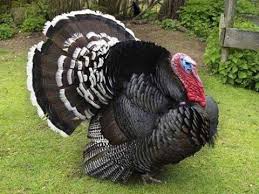 The most important benefits of turkey
The most important benefits of turkey
Turkey is one of the large birds that are raised on farms, and can be hunted from the wild. The original home of the turkey is North America, and it is consumed all over the world, because its meat is rich in nutrients and protein. The nutritional value of the turkey depends on the piece of meat and the method of preparation. Processed turkey meat is a rich source of minerals and vitamins, and may contain a high percentage of preservatives, sugar, unhealthy fats and sodium.
- Details
- Parent Category: Articles
- Category: Poultry Sciences articles
 The Abyssinian Valley Chicken.. Lays eggs twice a day, and raising it generates 10 thousand pounds every 3 months
The Abyssinian Valley Chicken.. Lays eggs twice a day, and raising it generates 10 thousand pounds every 3 months
A bird that confuses those who see it for the first time. It may be confused with the turkey, or the peacock. However, it is a type called the Abyssinian Valley Chicken, or the African Chicken, or the Pharaoh Chicken.
- Details
- Parent Category: Articles
- Category: Poultry Sciences articles
 Learn about the unique benefits of rabbit meat
Learn about the unique benefits of rabbit meat
Benefits of rabbit meat
Rabbit meat is a delicious meat, and it is also healthy and rich in nutrients, as rabbit meat contains proteins that are quickly digested, beneficial, and their quantity is greater when compared to red meat and chicken.
- Details
- Parent Category: Articles
- Category: Poultry Sciences articles
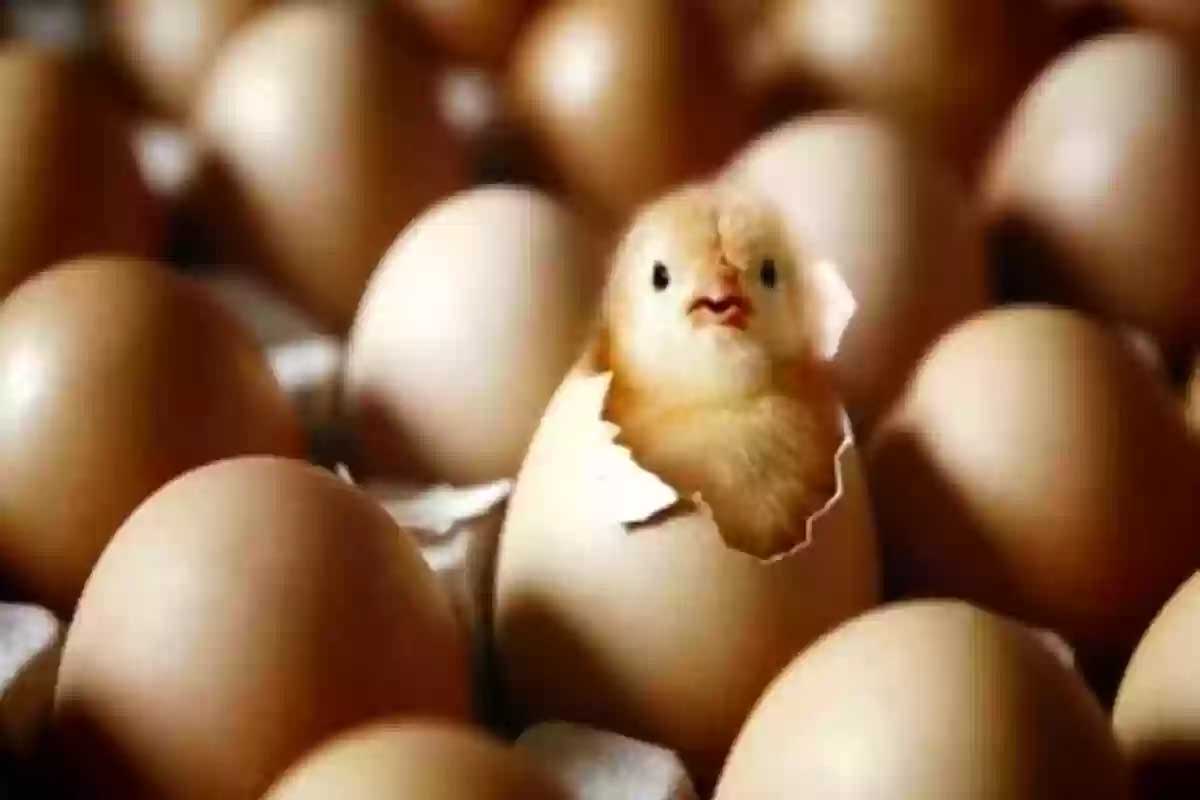 How many times does a chicken lay eggs in a year?
How many times does a chicken lay eggs in a year?
Everything you need to know about chicken eggs and the factors that affect them
Chickens lay eggs regularly, usually one egg per day. However, factors such as weather, day length, nutrition, and the presence of predators can affect the rate at which they lay eggs.
Read more: How many times does a chicken lay eggs in a year?
- Details
- Parent Category: Articles
- Category: Poultry Sciences articles
Chicken weight gain pills are effective in increasing the weight of poultry
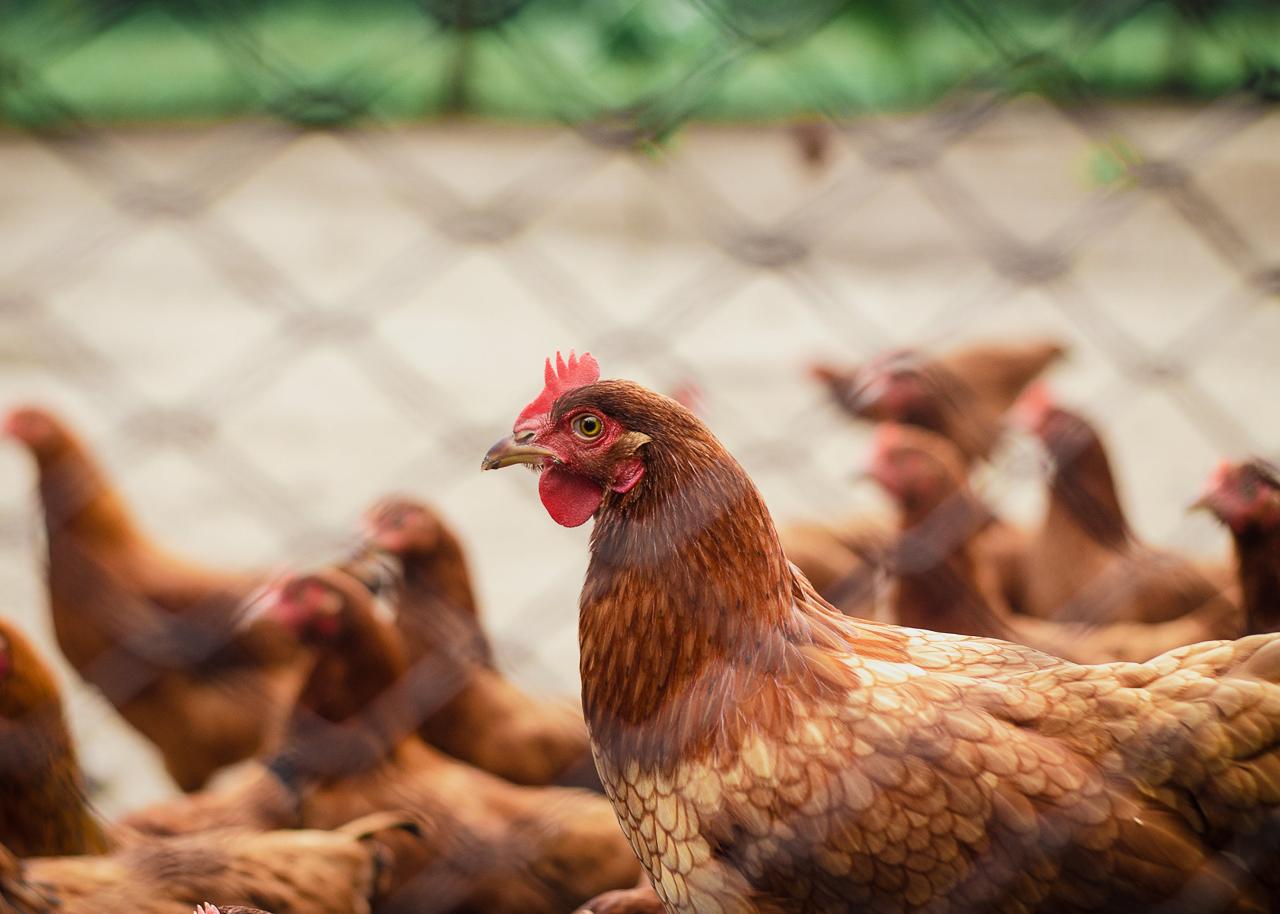 Have you heard of pills to increase the weight of white chickens? In fact, the white chickens you buy have often been given weight gain pills. If the chicken is overweight, in an exaggerated way, this is of course the result of taking doses of weight gain pills for chickens.
Have you heard of pills to increase the weight of white chickens? In fact, the white chickens you buy have often been given weight gain pills. If the chicken is overweight, in an exaggerated way, this is of course the result of taking doses of weight gain pills for chickens.
Read more: Chicken weight gain pills are effective in increasing the weight of poultry
- Details
- Parent Category: Articles
- Category: Poultry Sciences articles
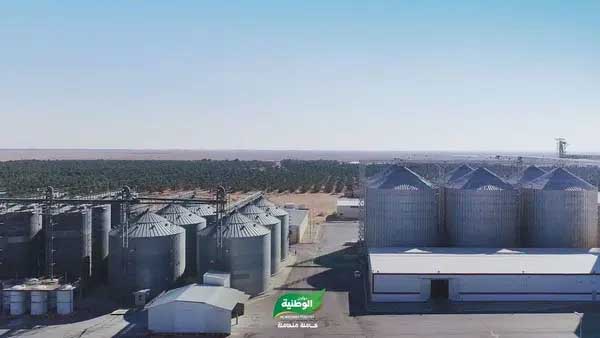 "Al Watania Poultry" establishes the largest cooling station in the East
"Al Watania Poultry" establishes the largest cooling station in the East
Al Watania Poultry Company announced, in a statement, the establishment of the largest cooling station in the Middle East with a capacity of 17,700 kilowatts of thermal energy.
Read more: "Al Watania Poultry" establishes the largest cooling station in the East
- Details
- Parent Category: Articles
- Category: Poultry Sciences articles
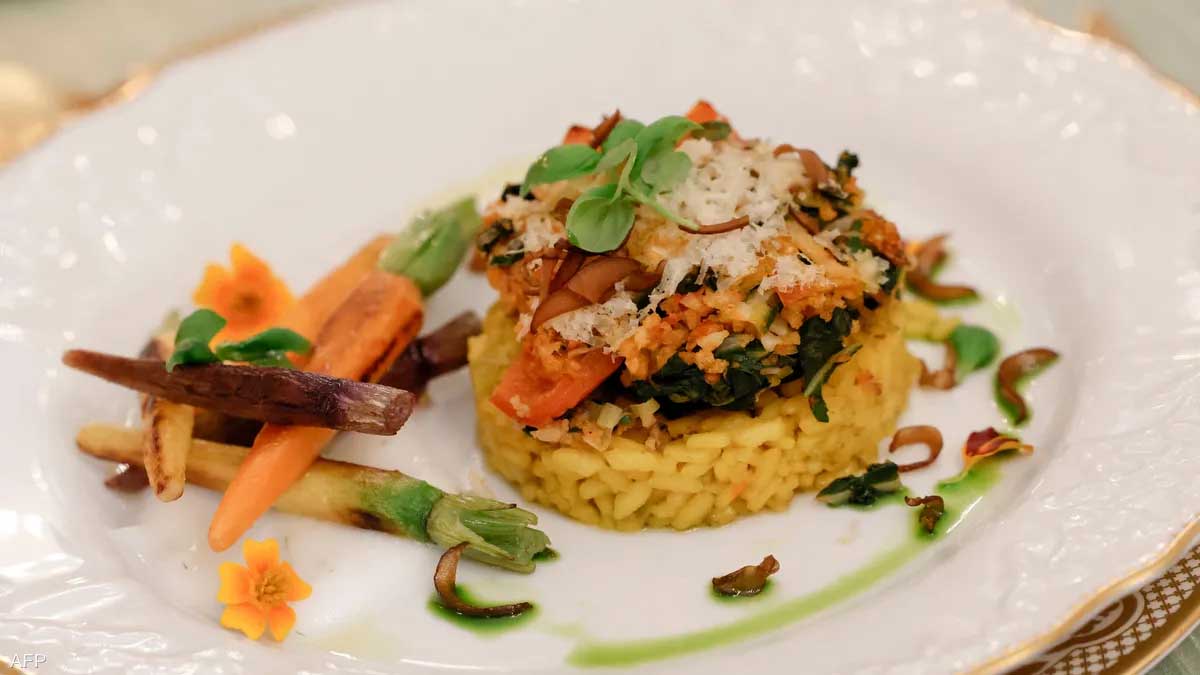 Study identifies the 4 best healthy meals... and the most dangerous
Study identifies the 4 best healthy meals... and the most dangerous
A recent American study revealed the best healthy meals that can be chosen from to maintain health in the new year, and focused on choosing a group of foods that should be focused on and other foods that it warned of the importance of reducing, such as red meat.
Read more: Study identifies the 4 best healthy meals... and the most dangerous
- Details
- Parent Category: Articles
- Category: Poultry Sciences articles
 First human death from bird flu in the US
First human death from bird flu in the US
Louisiana health authorities announced on Monday the first human death from bird flu, noting that it was an elderly patient who had other illnesses.
- Details
- Parent Category: Articles
- Category: Poultry Sciences articles
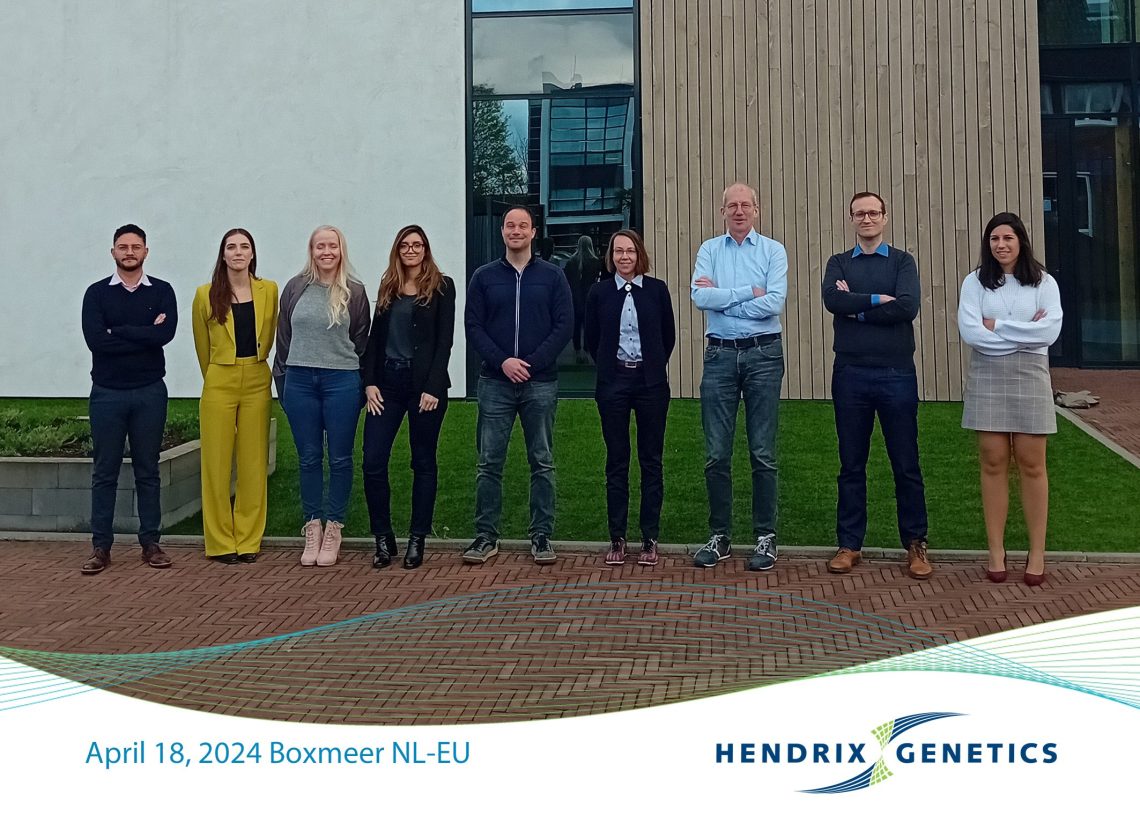 Hendrix Genetics Partners with LABOGENA DNA for Advanced Genotyping Services
Hendrix Genetics Partners with LABOGENA DNA for Advanced Genotyping Services
Hendrix Genetics, a globally recognized leader in animal breeding across multiple species (turkeys, layers, traditional poultry, swine, trout, salmon, and shrimp) has selected LABOGENA DNA as its exclusive provider for genotyping services in its multi-species breeding program for the next three years.
Read more: Hendrix Genetics Partners with LABOGENA DNA for Advanced Genotyping Services
- Details
- Parent Category: Articles
- Category: Poultry Sciences articles
 Learn about the 3 most important types of ostriches in the world.. The best of them is the black-necked
Learn about the 3 most important types of ostriches in the world.. The best of them is the black-necked
Ostrich meat consumption is considered a new phenomenon in Egypt due to consumers not being accustomed to it, which requires some time to get used to consuming it, in addition to the high prices of selling it locally compared to the prices of selling red meat such as cows and sheep, and the demand for ostrich meat is still limited to visitors to hotels and large restaurants and some who want to eat it occasionally.
- Details
- Parent Category: Articles
- Category: Poultry Sciences articles
 By: Dr. Turki Saraqbi
By: Dr. Turki Saraqbi
Who among us doesn't enjoy pasta (spaghetti, or thin strings) cooked in various ways (with tomato sauce, yogurt, eggs, cheese, etc.)? However, none of us likes to see these strings or tough white lines in broiler chicken meat (especially in the breast), which often leads to the rejection of such chickens for human consumption in slaughterhouses, causing significant moral losses to the poultry industry, farmers, slaughterhouses, and their associated companies.
In fact, global attention has focused on understanding the increasing incidence of muscle disorders (myopathies) in broiler chickens, a topic that has gained prominence in the early 21st century.
Read more: Spaghetti Meat of Broiler Chickens: Causes and Treatment
- Details
- Parent Category: Articles
- Category: Poultry Sciences articles
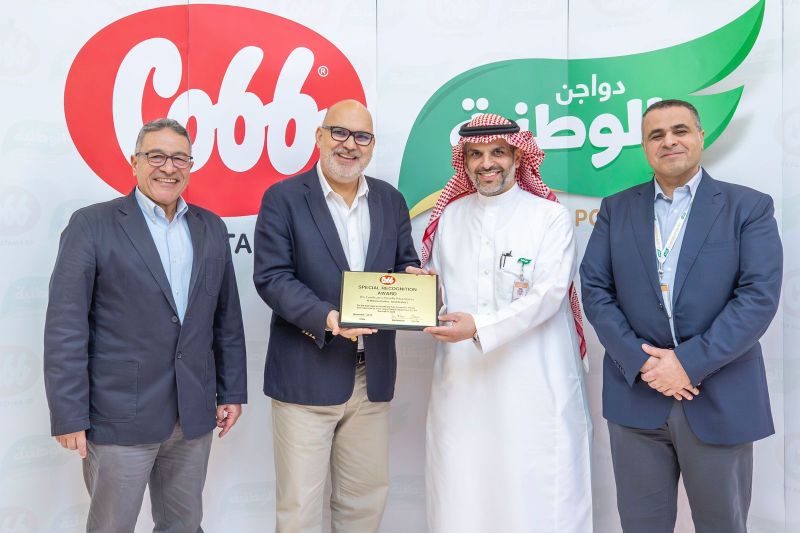 Exceptional award from Cobb International Company to Jedoud National Company
Exceptional award from Cobb International Company to Jedoud National Company
Read more: Exceptional award from Cobb International Company to Jedoud National Company
- Details
- Parent Category: Articles
- Category: Poultry Sciences articles
![]() Middle East Poultry Meat Market Analysis
Middle East Poultry Meat Market Analysis The Middle East poultry meat market size is estimated at USD 15.93 billion in 2024 and is expected to reach USD 17.51 billion by 2029, growing at a CAGR of 1.90% during the forecast period (2024-2029).
The Middle East poultry meat market size is estimated at USD 15.93 billion in 2024 and is expected to reach USD 17.51 billion by 2029, growing at a CAGR of 1.90% during the forecast period (2024-2029).
- Details
- Parent Category: Articles
- Category: Poultry Sciences articles
 10 Interesting Facts About Fish
10 Interesting Facts About Fish
Fish have been living on Earth for more than 500 million years, they have been around for a long time on planet Earth even before the dinosaurs, and there are more than 25,000 species of fish, so there are more species of fish than all types of amphibians, reptiles, birds and mammals.
- Details
- Parent Category: Articles
- Category: Poultry Sciences articles
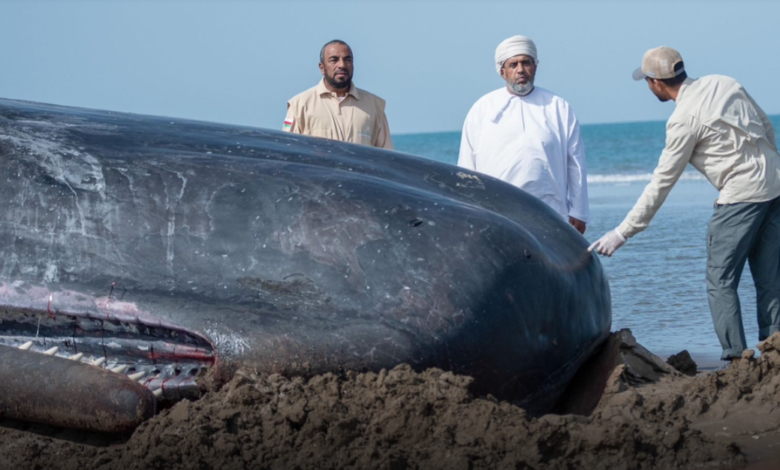 Environment Authority: The death of the "sperm whale" in the Wilayat of Barka was due to natural conditions
Environment Authority: The death of the "sperm whale" in the Wilayat of Barka was due to natural conditions
The Environment Authority confirmed that initial information suggested that the causes of the death of the "sperm whale" off the coast of the Suwadi area in the Wilayat of Barka were due to natural conditions.
Subcategories
Poultry Sciences articles Article Count: 95
Bovine, Ovine & Processing articles Article Count: 3
Editorials Article Count: 30
 All the editorials in one place. Read, comment and interact.
All the editorials in one place. Read, comment and interact.
Your ideas are valuable for us
(The editor)
Poultry-Mena Editorials Article Count: 25
 All the Poultry Middle East & North Africa's editorials in one place. Read, comment and interact.
All the Poultry Middle East & North Africa's editorials in one place. Read, comment and interact.
Your ideas are valuable for us
Lana Kalima Article Count: 1
 All the Poultry Middle East & North Africa's "We have our word" in one place. Read, comment and interact.
All the Poultry Middle East & North Africa's "We have our word" in one place. Read, comment and interact.
Your ideas are valuable for us
Bovine & Ovine - Editorials Article Count: 3
 All the Bovine and Ovine's editorials in one place. Read, comment and interact.
All the Bovine and Ovine's editorials in one place. Read, comment and interact.
Your ideas are valuable for us
Coming Shows المعارض في العالم |





